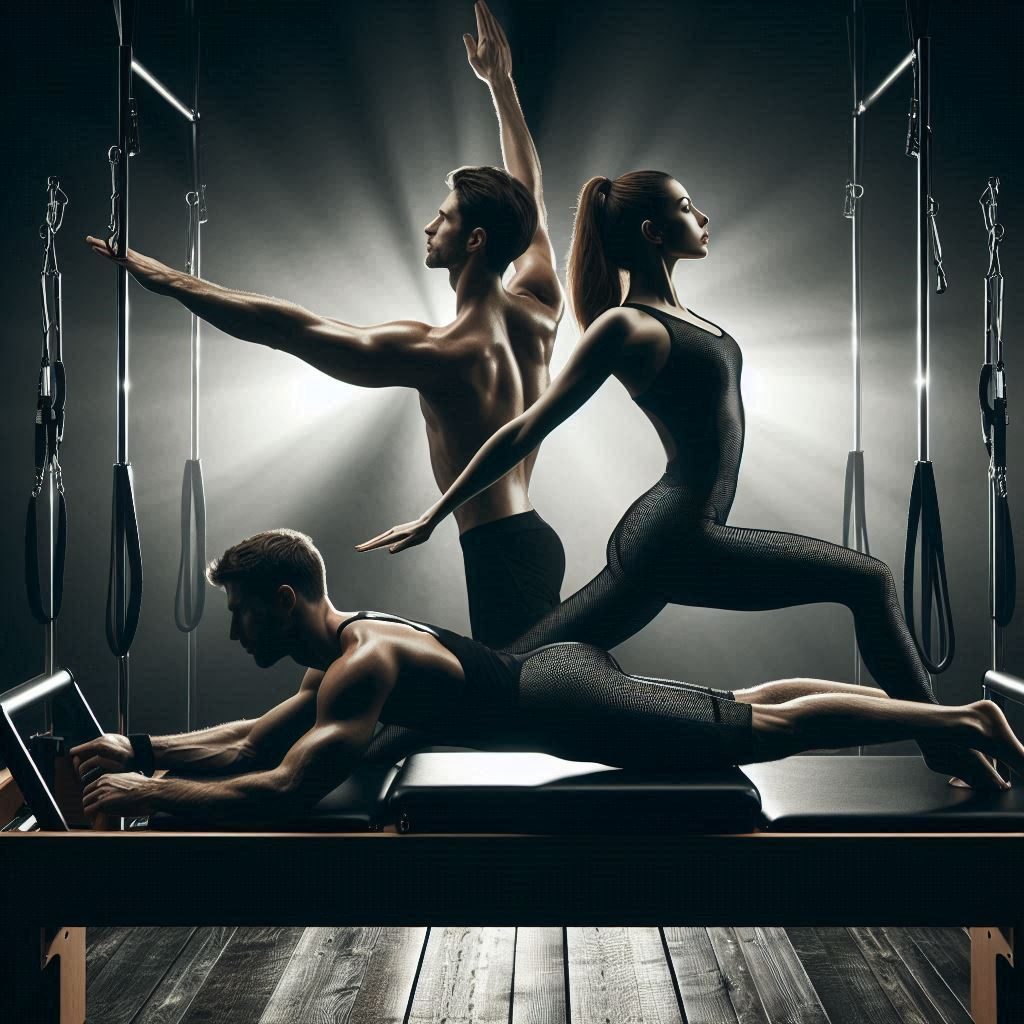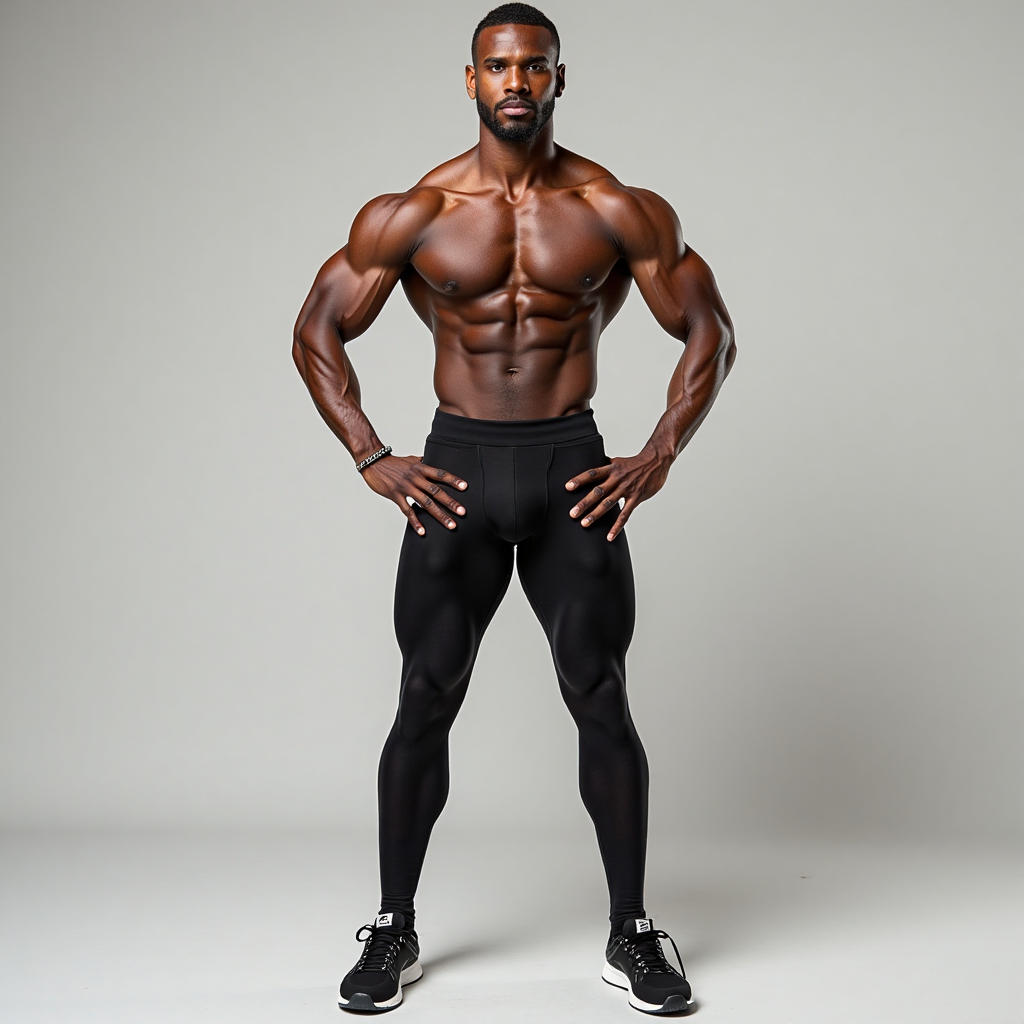The Impact of Pilates on Athletes & Normal People
Introduction In the realm of physical fitness, Pilates, a system pioneered by Joseph Pilates in the early 1900s, has been steadily gaining traction among athletes around the globe.
But what is the reason behind this surge in the Pilates popularity? Does Pilates genuinely offer any advantages to an athlete or a normal person?
Understanding Pilates Pilates is a regimen of physical fitness that took shape in the early part of the 20th century under the guidance of its namesake, Joseph Pilates.
This exercise methodology incorporates movements that are low-impact yet enhance flexibility, muscular strength, and endurance. The focus of Pilates is on maintaining correct alignment of posture, fortifying the core, and achieving a balance in muscle strength.
Joseph Pilates, the originator of this system, was a firm believer in the harmony of strength and flexibility as the cornerstone of a healthy lifestyle.
The Art of Breathing in Pilates Breathing is not merely a physiological necessity in Pilates; it is an integral principle that demands conscious and mindful engagement. Joseph Pilates was a strong advocate of utilizing the full capacity of the lungs during his exercises.
He likened the lungs to bellows, instruments designed to pump air in and out of the body in a comprehensive manner. This specific style of breathing, known as lateral or thoracic breathing, is a fundamental aspect of Pilates.
In the practice of lateral breathing, practitioners are guided to breathe deeply, filling the back and sides of their rib cage with air. During inhalation, the ribs should expand sideways while the shoulders remain relaxed and unaffected.
As you exhale, the deep muscles of the abdomen engage, the ribs revert to their initial position, and the air is expelled from the lungs. This breathing technique aids in activating your core muscles and preserving the stability of your torso while performing Pilates exercises.
It’s important to remember that the objective of breathing in Pilates extends beyond the basic exchange of oxygen. It also aims to heighten awareness of how breath can be harnessed to facilitate movement, sharpen focus, and alleviate stress. This conscious use of breath is a crucial component of the mind-body connection that Pilates strives to foster.
The Influence of Pilates
Pilates is a gentle exercise approach that prioritizes the strength of the core, flexibility, and a comprehensive understanding of one’s body. It encompasses meticulous actions and distinct methods of breathing. It transcends the realm of mere exercise; it’s a sequence of regulated movements that captivate both your physical form and mental faculties.
Core Strength
The core is the powerhouse of the body. It’s the epicenter of balance and strength. Pilates exercises are designed to strengthen this powerhouse. A strong core can lead to improvements in performance for sportspeople. It can enhance stability, provide better control of movements, and reduce the risk of injuries.
Flexibility
Pilates encourages the lengthening of muscles and the increase of range of motion. For sportspeople, increased flexibility can lead to improved performance and injury prevention. It’s because flexible muscles can move more effectively and absorb the impact of high-intensity sports better.
Body Awareness
Pilates also promotes better body awareness. It teaches sportspeople to move more efficiently, understand their body better, and be mindful of their posture. This heightened body awareness can lead to improved technique and form, which is beneficial in any sport.
Injury Rehabilitation and Prevention
Pilates is often used in injury rehabilitation. It’s a gentle way to reintroduce movement to a recovering athlete. Moreover, by improving core strength and flexibility, Pilates can also help prevent future injuries.
Mental Strength
Pilates isn’t just about the physical benefits. It also offers mental benefits. The concentration required to perform Pilates exercises helps improve focus and reduce stress levels. This mental strength can be very beneficial in competitive sports.
Pilates for the General Population
For the general population, Pilates can be an excellent way to maintain a healthy lifestyle. It’s not just for athletes; anyone can reap the benefits of Pilates.
Improved Posture
Pilates helps in improving posture. It teaches you to move efficiently, which can lead to better posture and less strain on your joints and muscles.
Enhanced Core Power
Pilates routines are centered around fortifying the core, encompassing the muscles in your abdomen, lower back, and hips. Possessing a robust core can aid in performing everyday tasks and ward off back discomfort.
Enhanced Flexibility
Pilates can help increase your flexibility, reducing the risk of injury and improving overall movement.
Stress Relief
The mindful nature of Pilates can help reduce stress and improve mental well-being. The focus on breathing and precise movements can provide a sense of calm and relaxation.
Better Balance and Coordination
Many Pilates exercises require balance and coordination, both of which can be improved with regular practice.
Pilates for Professional Athletes vs. Amateur Sportspeople
Pilates can be beneficial for both professional athletes and amateur sportspeople, but the impact and focus can differ based on the level of sports participation.
Professional Athletes
For professional athletes, Pilates can be a crucial part of their training regimen. The precision, control, and focus required in Pilates can help enhance their performance in their respective sports. Pilates can help them improve their core strength, which is vital for balance and stability in almost all sports. It can also aid in injury prevention, a critical aspect for professionals whose livelihood depends on their physical health.
Moreover, professional athletes often use Pilates for specific rehabilitation purposes. For instance, a football player recovering from a knee injury might use Pilates to strengthen the muscles around the knee and improve joint stability.
Amateur Sportspeople
For amateur sportspeople or those who engage in sports recreationally, Pilates can help improve general fitness and well-being. It can contribute to better posture, increased flexibility, and enhanced body awareness. These benefits can translate into improved performance in their sports activities and better overall health.
While injury prevention is also essential for amateur sportspeople, the focus might be more on avoiding common, non-sport-specific injuries (like back pain or repetitive strain injuries) that can result from weak muscles or poor posture.
The core benefits of Pilates
Improved core strength, flexibility, body awareness, and injury prevention – apply to all sportspeople, the application and emphasis can vary based on the level of sports participation. Whether you’re a professional athlete or an amateur sportsperson, Pilates has something to offer that can enhance your performance and improve your health.
Whether you’re a professional athlete, an amateur sportsperson, or someone just looking to stay fit and healthy, Pilates can offer significant benefits. It’s a versatile exercise system that can be tailored to individual needs and abilities, making it suitable for just about everyone. Remember, as with any new exercise regimen, it’s always a good idea to consult with a healthcare professional before getting started.
Pilates for Different Sports and Activities
Pilates is a versatile exercise system that can be tailored to meet the needs of different sports and activities. Here’s how Pilates can be beneficial for various sports
Running
Pilates can help runners improve their core strength, which can lead to better posture and more efficient movement. It can also help increase flexibility, reducing the risk of common running injuries like hamstring strains or shin splints.
Cycling
Cyclists can benefit from the improved body awareness that comes with Pilates. It can help them maintain proper form and posture on the bike, reducing the risk of overuse injuries. The core strength gained from Pilates can also help cyclists power through tough climbs.
Swimming
Swimmers can use Pilates to improve their body alignment, an essential aspect of efficient swimming technique. The focus on controlled, precise movements in Pilates can also help swimmers move more smoothly and powerfully in the water.
Team Sports (Soccer, Basketball, etc.): In team sports, agility and quick directional changes are often required. Pilates can help improve balance and coordination, making these movements more efficient. The core strength and flexibility gained from Pilates can also help reduce the risk of injuries common in these sports.
Yoga
While yoga and Pilates are different practices, they complement each other well. Pilates’ focus on core strength and stability can enhance a yoga practice, helping practitioners hold poses longer and with better form.
Dance
Many dancers incorporate Pilates into their training because of its focus on core strength, flexibility, and body awareness — all key components of dance. It can help improve dance technique and performance, and reduce the risk of injuries.
Golf
Golfers can benefit from Pilates’ focus on core strength and flexibility. A strong, flexible core can contribute to a more powerful and accurate golf swing. Pilates can also help improve body awareness, leading to better swing mechanics.
Conclusion
Pilates can be a powerful addition to a sportsperson’s training regimen. Its focus on core strength, flexibility, body awareness, injury prevention, and mental strength can provide numerous benefits. Whether you’re an amateur or a professional sportsperson, consider adding Pilates to your training routine. Remember, every sportsperson is unique, so it’s important to tailor your Pilates routine to your specific needs and goals.
The fundamental principles of Pilates remain the same, the application can vary greatly depending on the sport or activity. By focusing on the specific needs and goals of each sport, Pilates can provide targeted benefits that enhance performance and reduce the risk of injury. As always, it’s important to work with a qualified Pilates instructor who can tailor a program to your specific needs and goals.
Join the Discussion
We’d love to hear your thoughts on the benefits of Pilates for sportspeople. Have you tried Pilates as part of your training regiment? What differences have you noticed in your performance and overall well-being? Do you have any tips or advice for others looking to incorporate Pilates into their workout routine? Please share your experiences, stories on pilates and insights in the comments section below. Let’s get the conversation started! Remember, everyone’s experience is unique, and your story could inspire others to give Pilates a try. Happy discussing!
#Pilates #SportsPerformance #CoreStrength #Flexibility #BodyAwareness #InjuryPrevention #MentalStrength #Fitness #Training #AthleticPerformance #PilatesForAthletes #PilatesBenefits #PilatesTraining #PilatesWorkout #PilatesLife #PilatesLove #PilatesEveryday #PilatesBody #PilatesStyle #PilatesPower #PilatesForLife #PilatesMethod #PilatesTime #PilatesFit #PilatesStrong #PilatesCommunity #PilatesLovers #PilatesChallenge #PilatesForAll #PilatesDay














Tackling Psychological Hurdles in Sports - Crickky
[…] approach and mindset. What are your thoughts on this? Do you have any personal experiences with overcoming mental blocks in sports or any other area? #SportsPsychology #MentalBlocks #AthleticPerformance […]